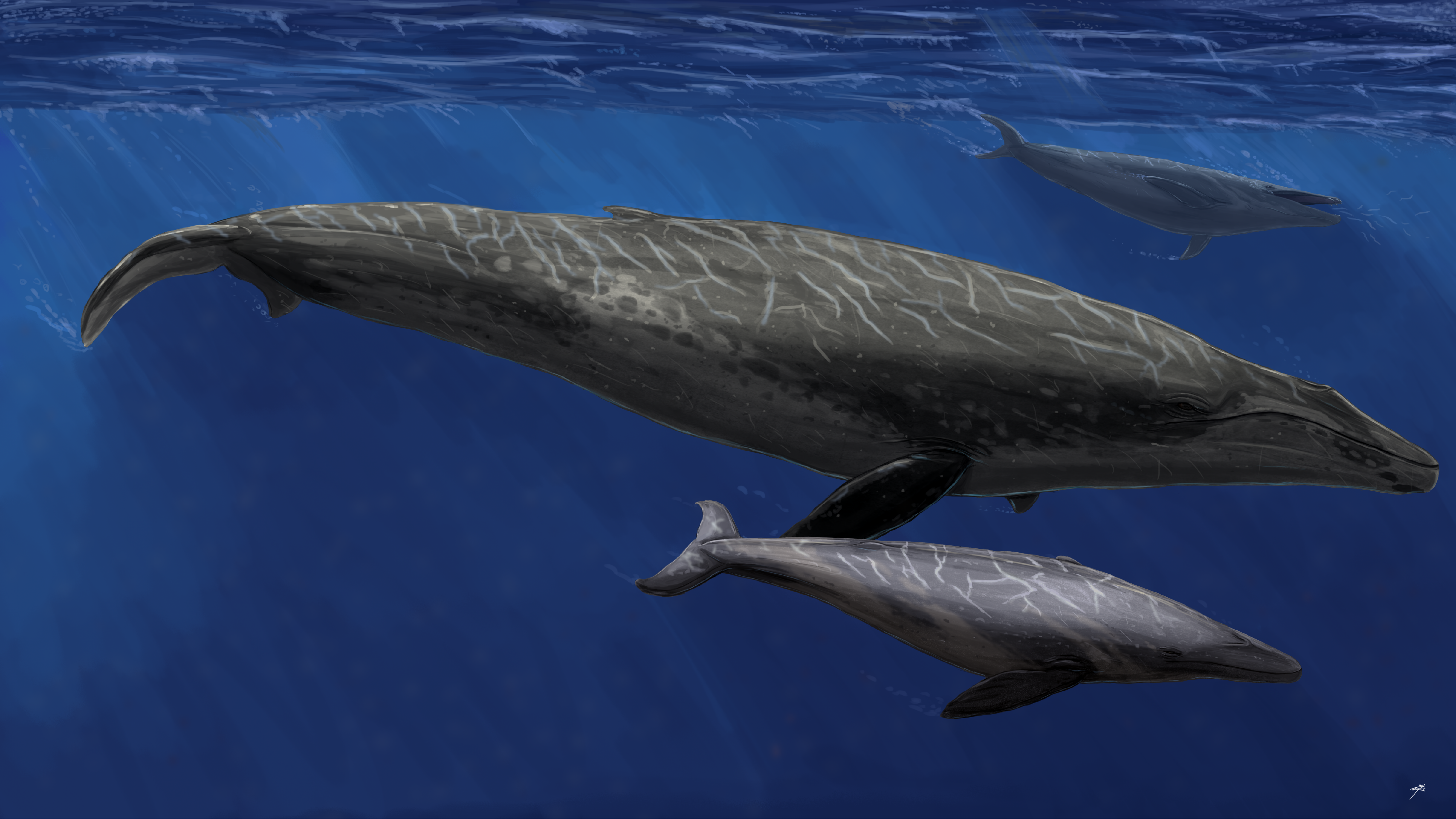News release
From:
Southbound and down - Giant baleen whales emerged from a cold southern cradle
URL after publication: https://royalsocietypublishing.org/doi/10.1098/rspb.2023.2177
Summary: Baleen whales (mysticetes) include the largest animals ever. Previous research has established that baleen whales evolved large size ~3 million years ago, but have not addressed where in the world large baleen whales originated. This study describes the fossil remains of a ~19 million year old, nine metre long baleen whale from Australia. Whales of this size were previously thought to have evolved much more recently. This new fossil suggests that larger baleen whales first emerged in the Southern Hemisphere.
Giant baleen whales emerged from a cold southern cradle
Proceedings of the Royal Society B: Biological Sciences
Summary: Baleen whales (mysticetes) include the largest animals ever. Previous research has established that baleen whales evolved large size ~3 million years ago, but have not addressed where in the world large baleen whales originated. This study describes the fossil remains of a ~19 million year old, nine metre long baleen whale from Australia. Whales of this size were previously thought to have evolved much more recently. This new fossil suggests that larger baleen whales first emerged in the Southern Hemisphere.



 Australia; New Zealand; VIC; SA
Australia; New Zealand; VIC; SA



